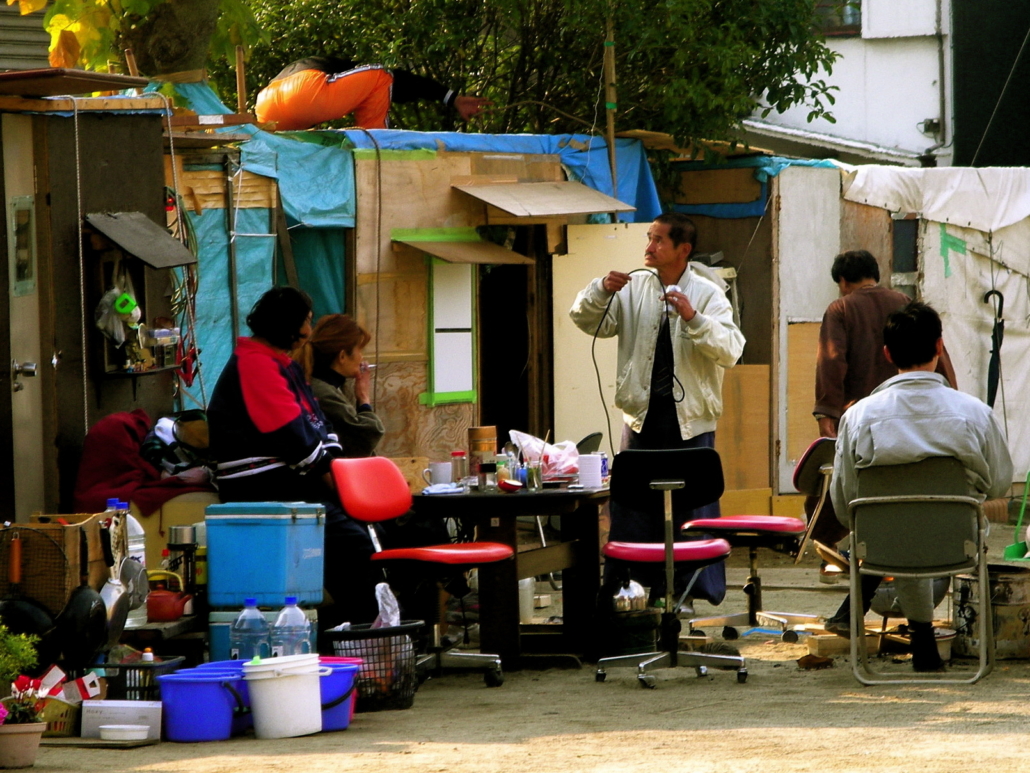Mountain Man
Senior Member
As long as we have a provincial government that thinks locking people up and more police are the only answers, we aren't going to get anywhere.
|
|
|
My understanding is that there is significant overlap between situation #1 and situation #2. At least among the people experiencing long-term homelessness, you're basically talking about the same population. They require treatment, but they can't be treated living on the street. That is, they can't "get better" before they get housing.I am far from an expert on homeless issues, but to me it's always seemed like homeless people could be grouped into roughly three categories as the primary cause of their homeless situation..
1 - people with mental illness
2 - people with substance addiction issues
3 - people down on their luck, and with a few breaks could get back out of it
Some of those issues overlap obviously, but those kind of seemed like the three main causes. Maybe someone with better knowledge can break it down better, as I'm sure it's not that simple.
Situation #1 is the most difficult situation to remedy, I'm not sure if there are any good solutions for that situation other than to help as much as you can. You can't force people into treatment.
Situation #2 is the one that has always intrigued me. There has got to be a better way to help people in that situation. I recall Calgary was going to try out using a 'drug court' system - basically a court system where people committing crimes because of their addiction get sentenced to a rehab facility instead of jail. Not sure what ever happened with that. I think if we could get Situation #2 dealt with somehow it would also help with Situation #3
shockingApparently it was the scene of drug dealing, assaults and other illicit activity.
The 'tent city' at the Drop In Centre has just been dismantled by police. Several charges have been laid. Apparently it was the scene of drug dealing, assaults and other illicit activity.

 borgenproject.org
borgenproject.org

An interesting study out today based on Calgary data. If I understand it correctly, the study suggests that the Housing First approach reduces law enforcement interactions with formerly homeless people with a history of criminal involvement; it does this mostly by reducing the number of relatively unimportant public nuisance type crimes (e.g. loitering); this helps people avoid cycling in and out of prison - and reduces the societal cost of this. I think this makes sense, but it's always good to use data to prove common sense, because 'common sense' isn't always correct.
Twitter thread of study
Link to paper / abstract
There's actually a book that compares homelessness in Tokyo to homelessness in Los Angeles: https://www.cornellpress.cornell.edu/book/9780801479700/better-must-comeHas anyone taken a look at Japan's homeless rate? It's the smallest per capita in the world. It's basically shrunken down to the population of Calgary's homeless, but for the entire country (126 million people)! It's been on a steep decline for more than a decade. I'll let you draw your own analysis, but Japan is obviously doing several things right when it comes to combating homelessness. Japan may have proven we overestimated the number of lost causes out there on the streets.

The Current State of Homelessness in Japan - The Borgen Project
Japan’s national survey found there were 5,534 homeless people in 2017. What makes homelessness in Japan unique is its low visibility.borgenproject.org

Homelessness in Japan - Wikipedia
en.wikipedia.org
Homelessness in Japan: the country with the smallest percentage of homeless people
Japan is the only country in the world with a homeless population rate of 0%. That's what the 2020 data indicate, which show an amazing drop that began in the preceding years.tomorrow.city
The stuff greed createsNorthern city views, southern defecating in the street views.




